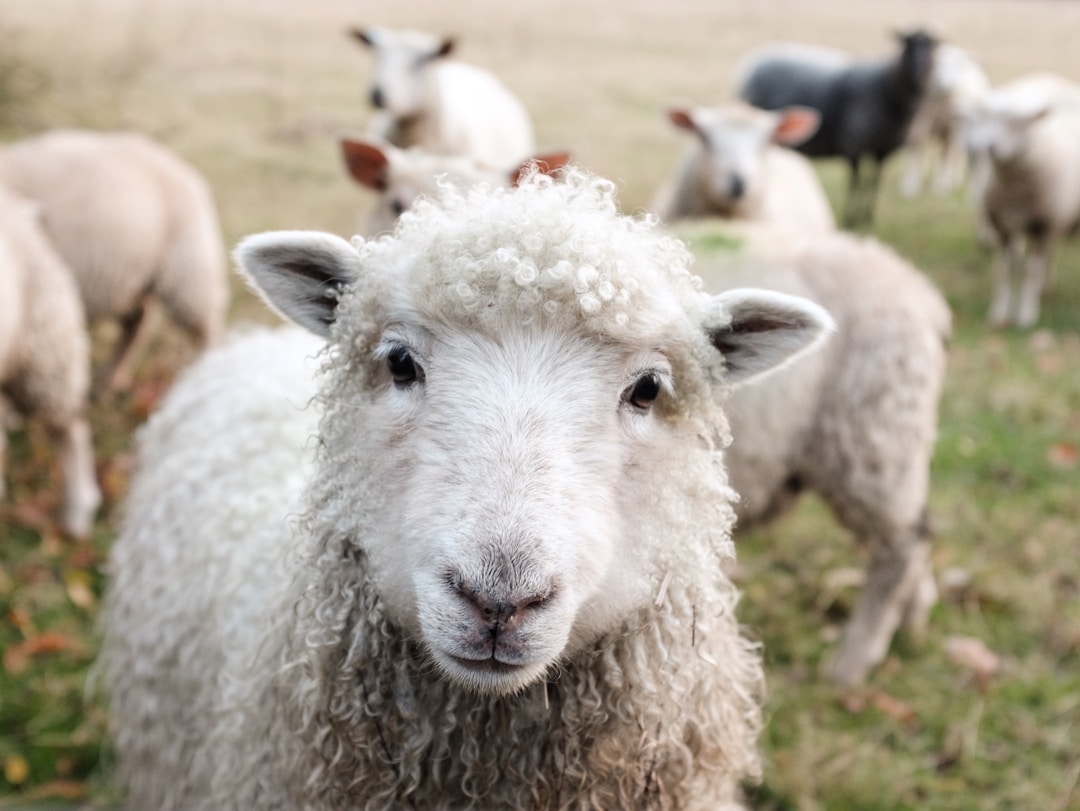When winter winds bite and chill to the bone, there’s nothing more comforting than bundling up in a warm, wool coat women attire. Indeed, women, in particular, have relied on the insulating properties of wool to keep warm for centuries. But what makes this material such an excellent barrier against the cold? The science behind the fabric’s thermal regulation properties is fascinating and rooted in the very structure of the fibers themselves.
Understanding the Structure
Wool’s impressive thermal regulation properties stem from its unique physical structure. At the microscopic level, its fibers are crimped or wavy, which creates small pockets of air when they’re packed together. This arrangement is highly effective at trapping and holding air, which is a poor conductor of heat. As a result, the heat generated by the body doesn’t escape easily, providing an insulating effect.
Additionally, the fibers possess a complex interior structure, composed of several layers that contribute to their insulating capabilities. These include the cuticle, cortex, and medulla, each having different properties that work together to regulate heat. The cuticle, the outermost layer, is covered with tiny scales that protect the wool mix fabric and help it resist wear and tear, while the cortex provides strength and elasticity. The innermost layer, the medulla, may be either continuous, interrupted, or absent, but when present, it aids in trapping and retaining heat.
The Hygroscopic Nature

Another aspect of wool’s thermal regulation properties is the fabric’s hygroscopic nature, meaning it has the ability to absorb and release moisture. The fibers can absorb up to 30% of their weight in moisture without feeling wet. When wool mix fabric absorbs moisture, it generates heat in a process known as ‘heat of sorption,’ contributing to its warming effect. This property makes wool mix fabric garments ideal for wearing in cold and damp conditions, as they can help maintain a normal body temperature by providing a buffer against sudden temperature changes.
Similarly, in warm and dry conditions, the moisture stored within the fibers can be released, cooling the surrounding air and the wearer through evaporation. This dual property of warming in cold conditions and cooling in hot conditions makes this fabric a versatile material that can be worn year-round.
The Role of Lanolin
Lanolin, a waxy substance produced by sheep to protect their wool and skin from the environment, is also a contributing factor to wool’s thermal regulation abilities. It enhances the fabric’s ability to repel water, helping keep the wearer dry even in wet conditions. While the wearer remains dry, the fabric continues to absorb moisture from the air, which, as we have seen, can help generate heat and maintain a stable body temperature.
The Practical Applications of the Fabric’s Thermal Properties

The inherent thermal properties of wool make it the material of choice for a variety of applications. From outdoor clothing and blankets to insulating materials in building construction, its capacity to regulate temperature is highly valued. For instance, in building insulation, wool’s ability to absorb and release moisture can help regulate indoor humidity levels and create a more comfortable living environment.
In conclusion, the science behind wool’s thermal regulation properties reveals the extraordinary capabilities of this natural material. From its unique fiber structure and hygroscopic nature to the presence of lanolin, wool is designed by nature to protect against varying temperatures. Its ability to provide warmth in the cold and cooling in the heat makes it a versatile and practical choice in both clothing and industrial applications. So, the next time you don your favorite wool coat, take a moment to appreciate the complex science at work that keeps you comfortable in every season.





